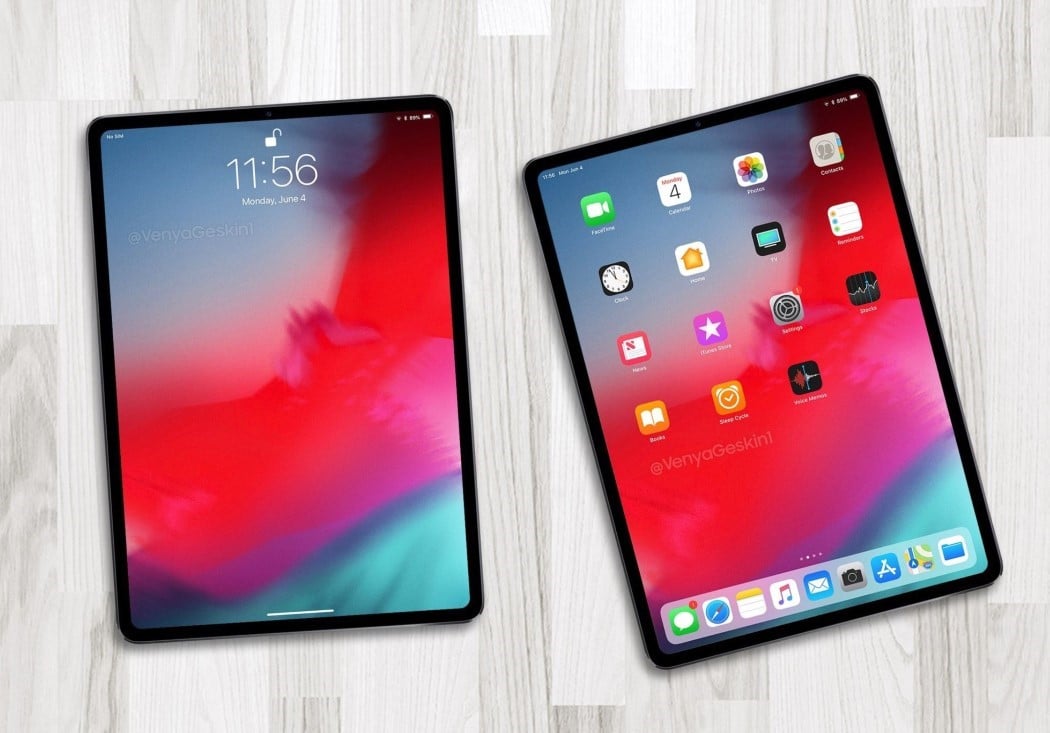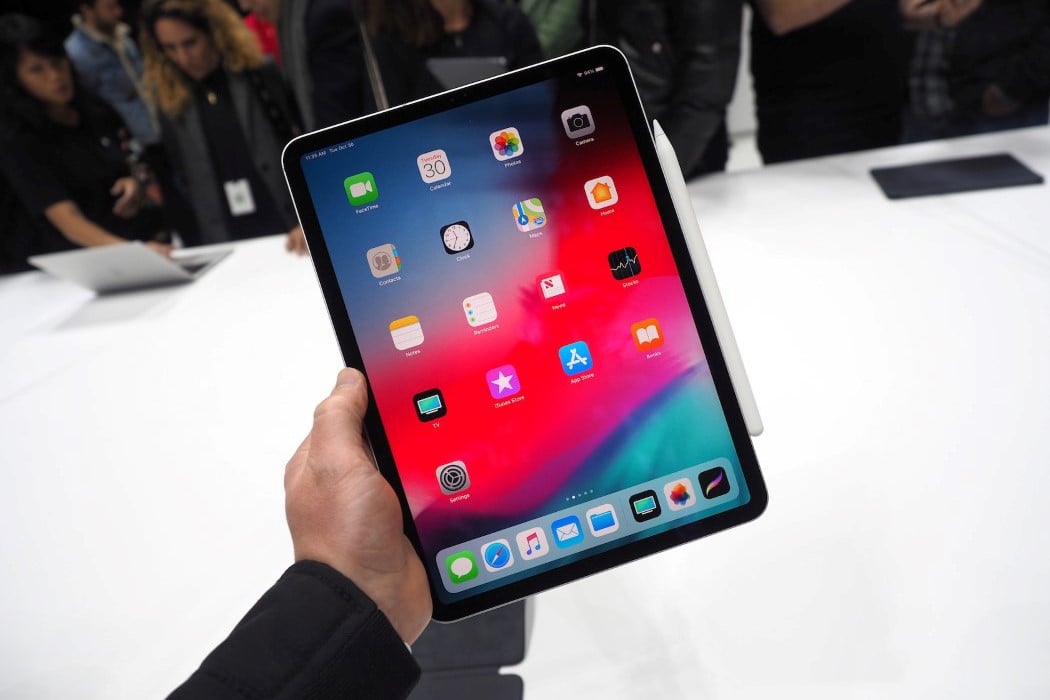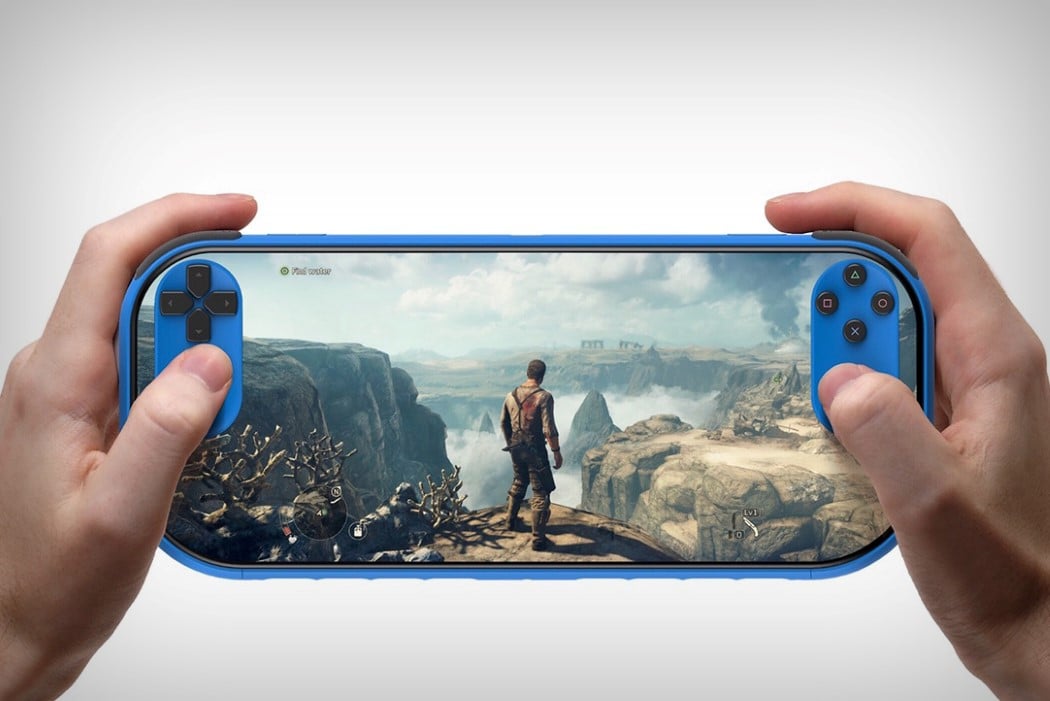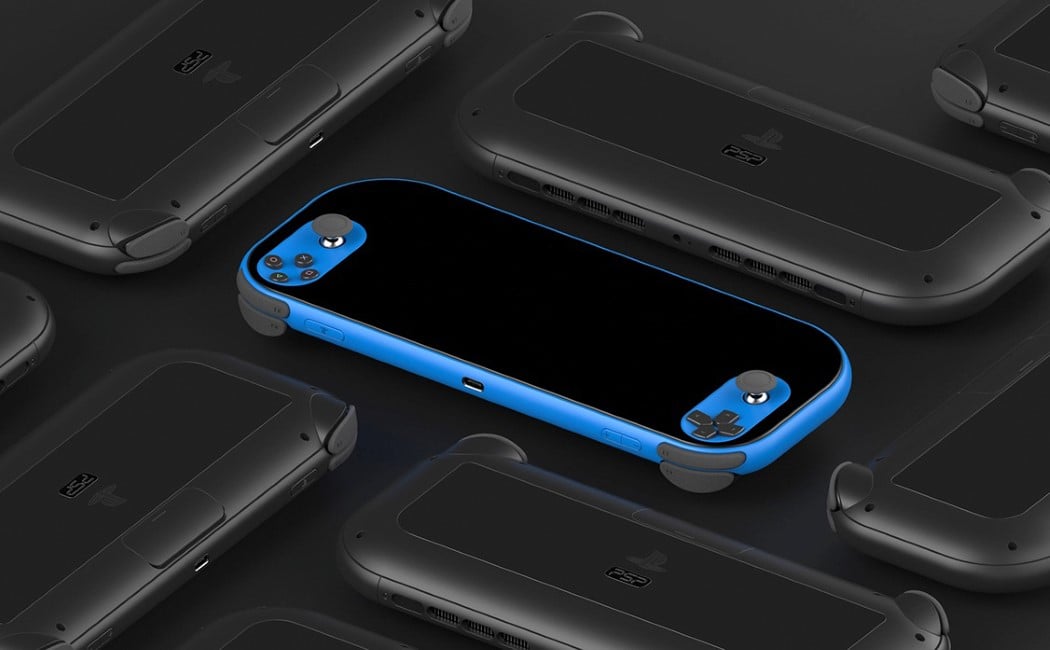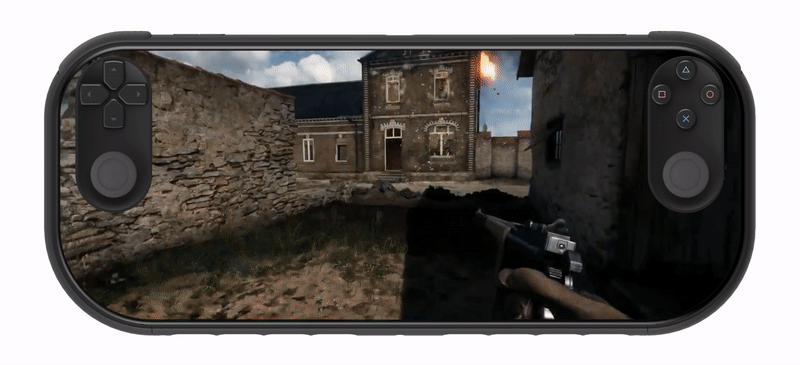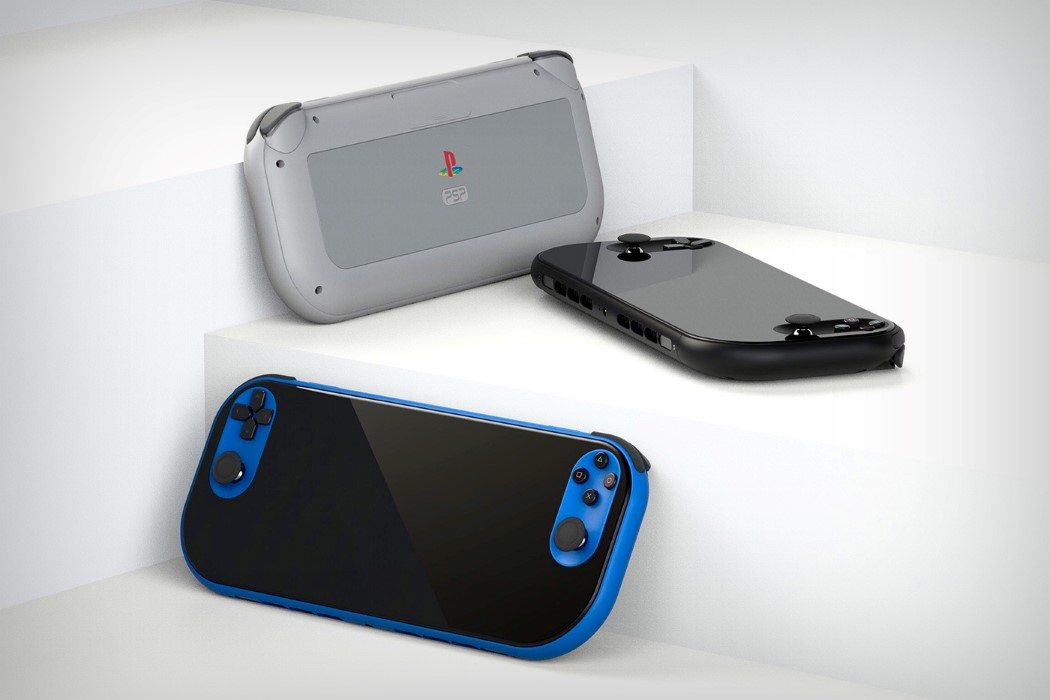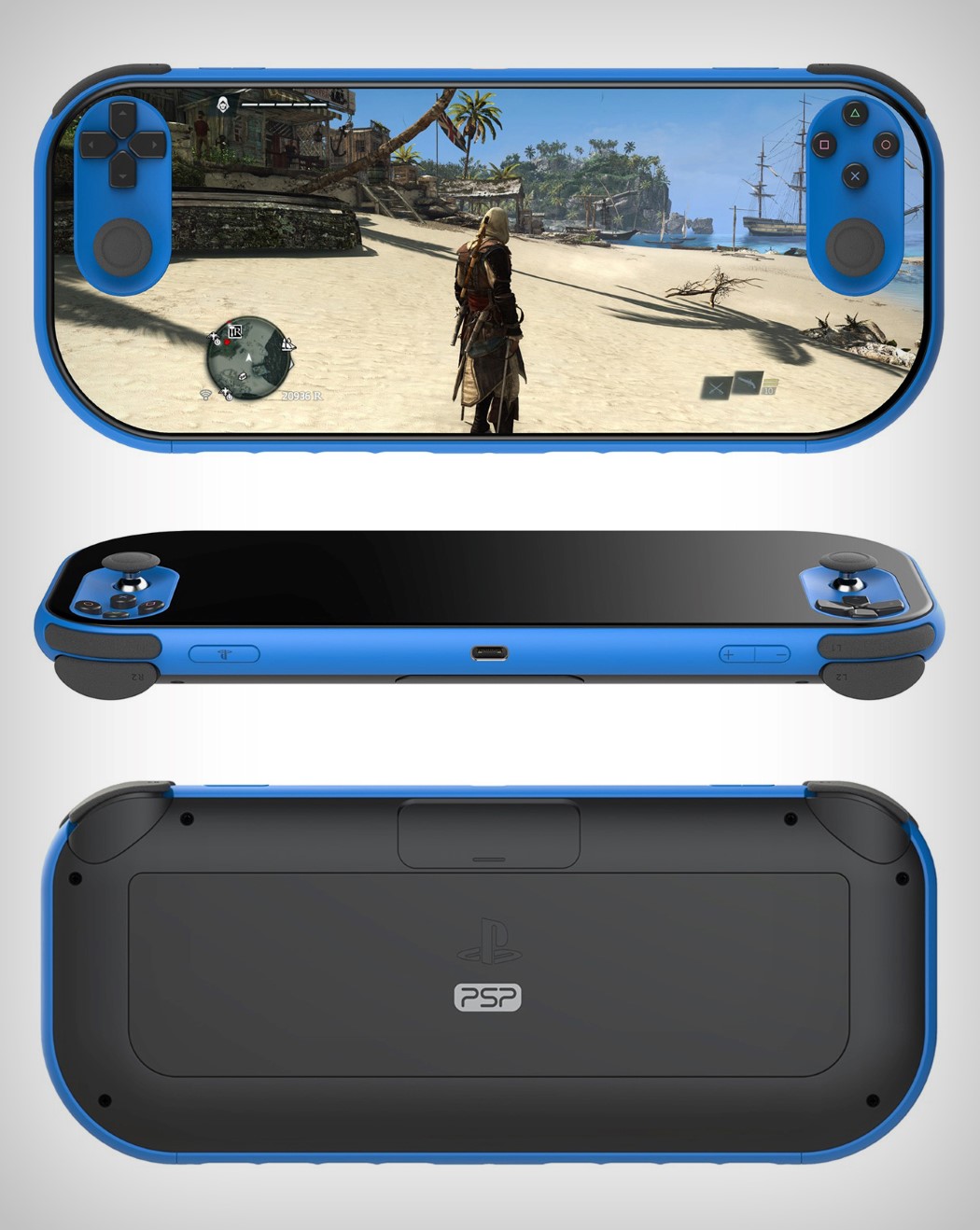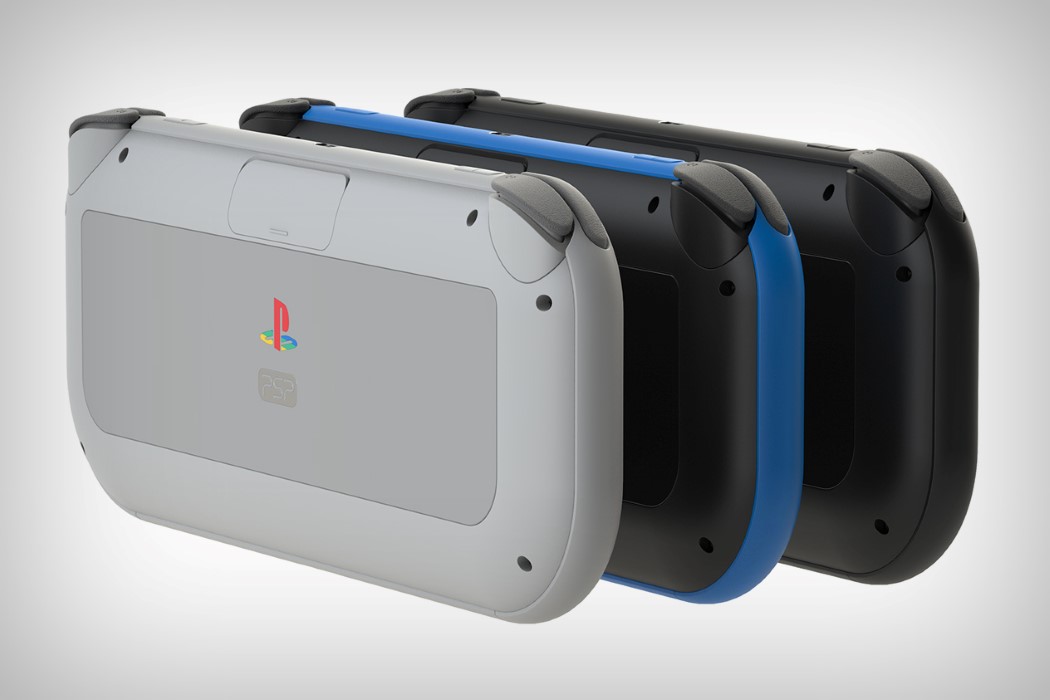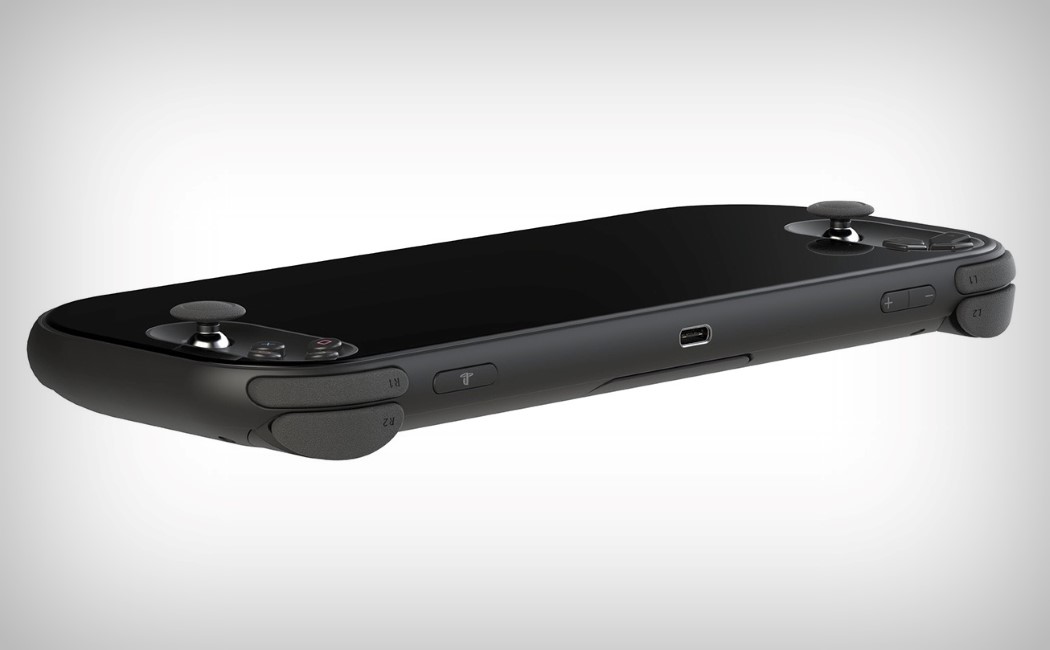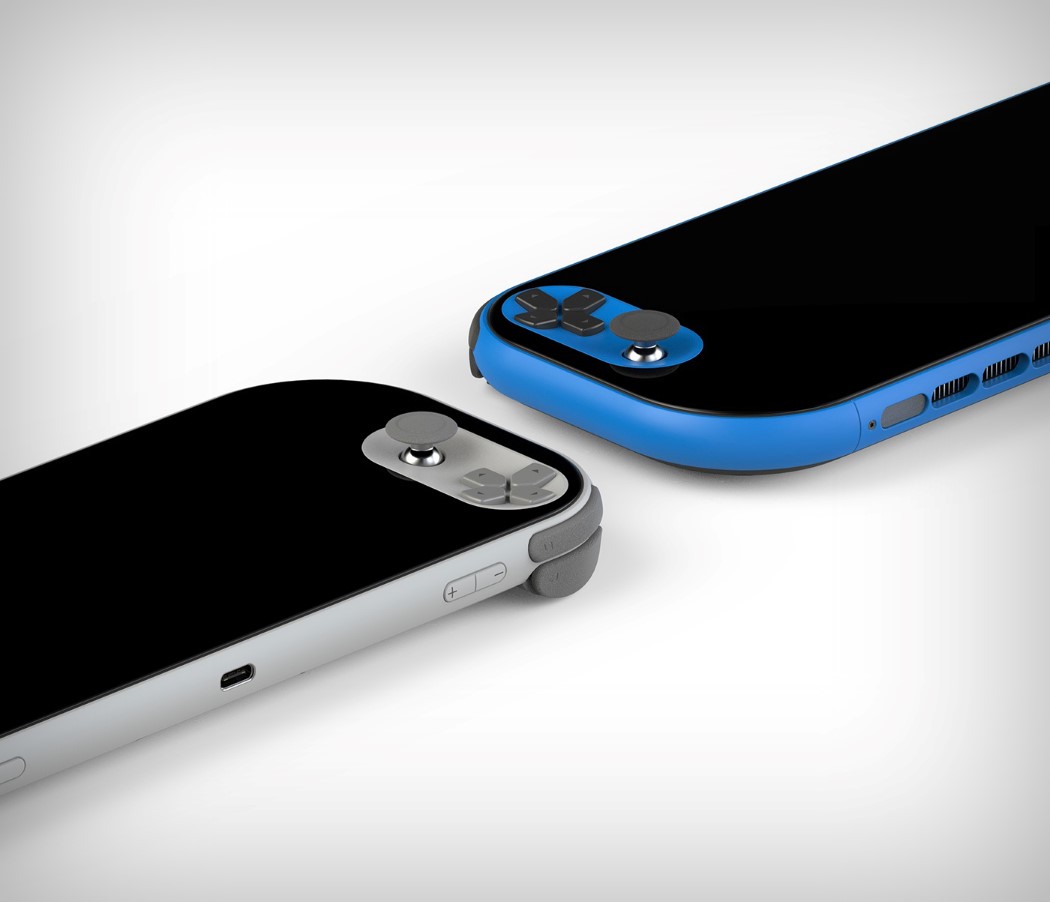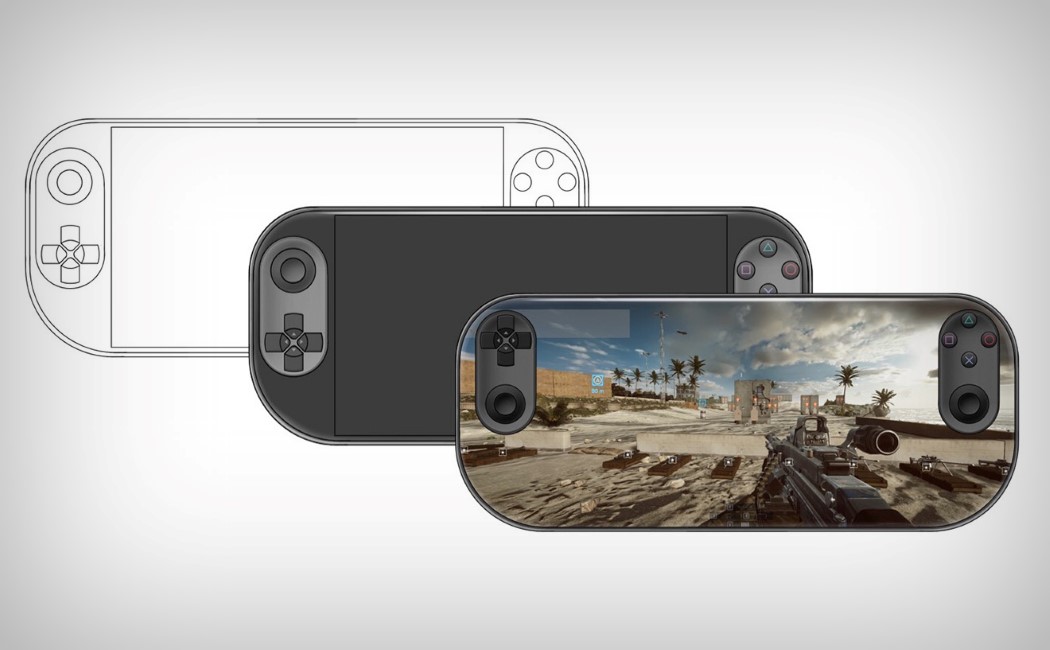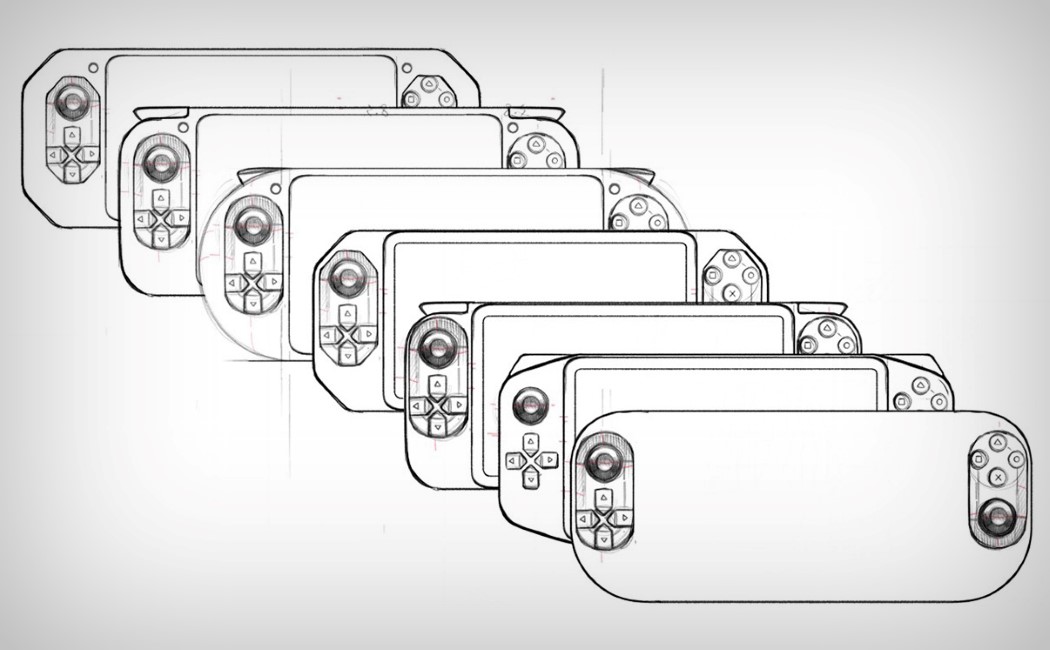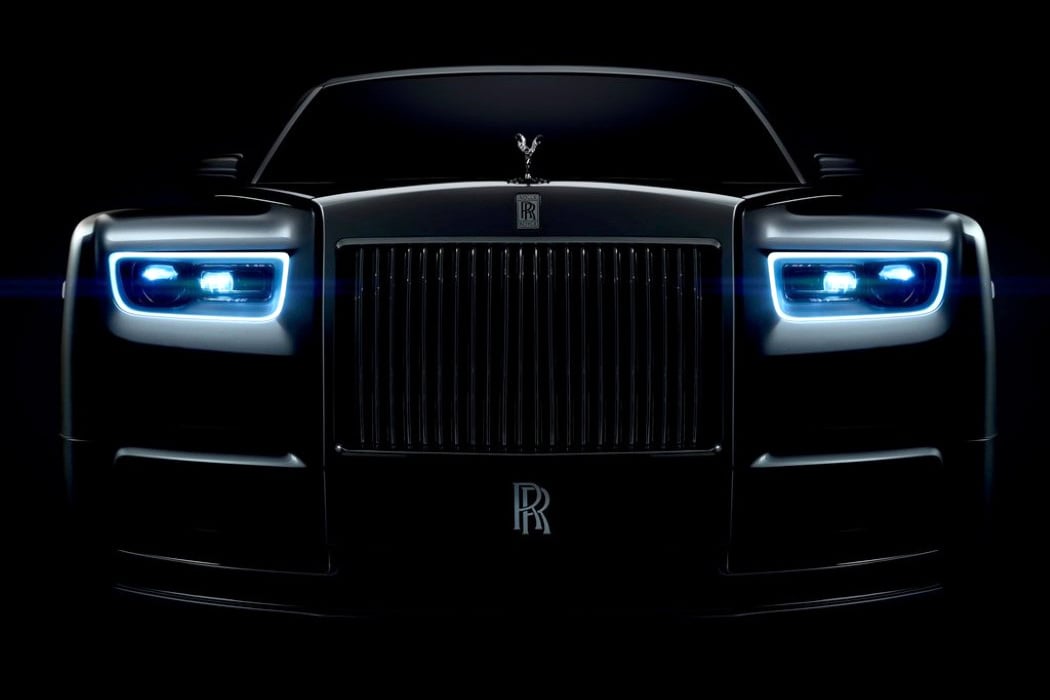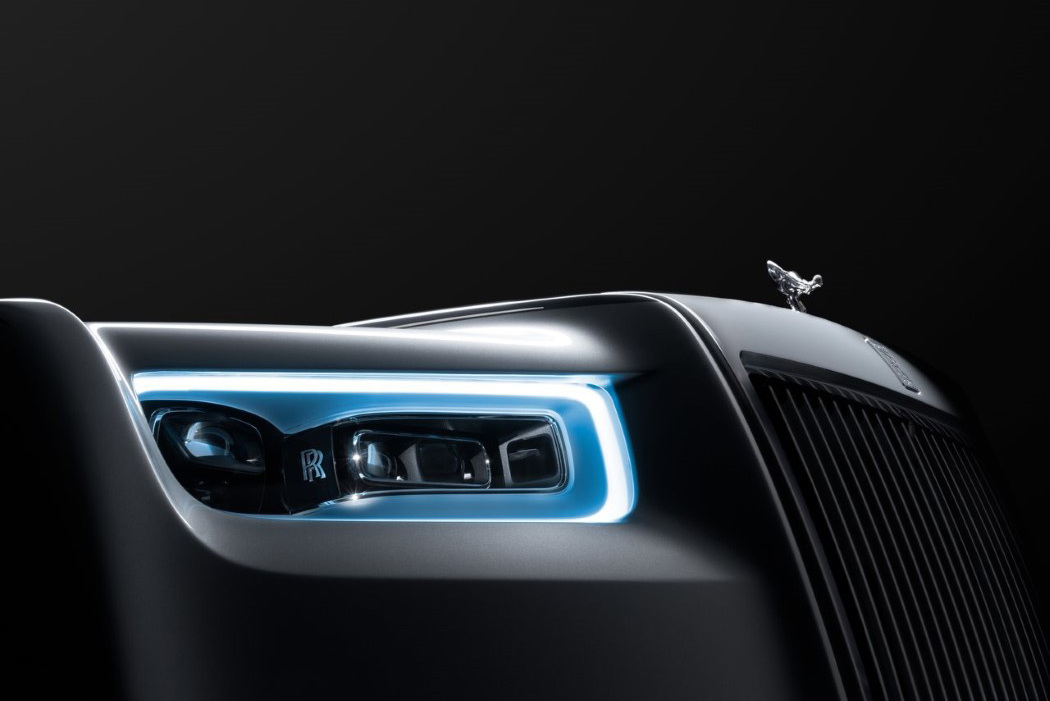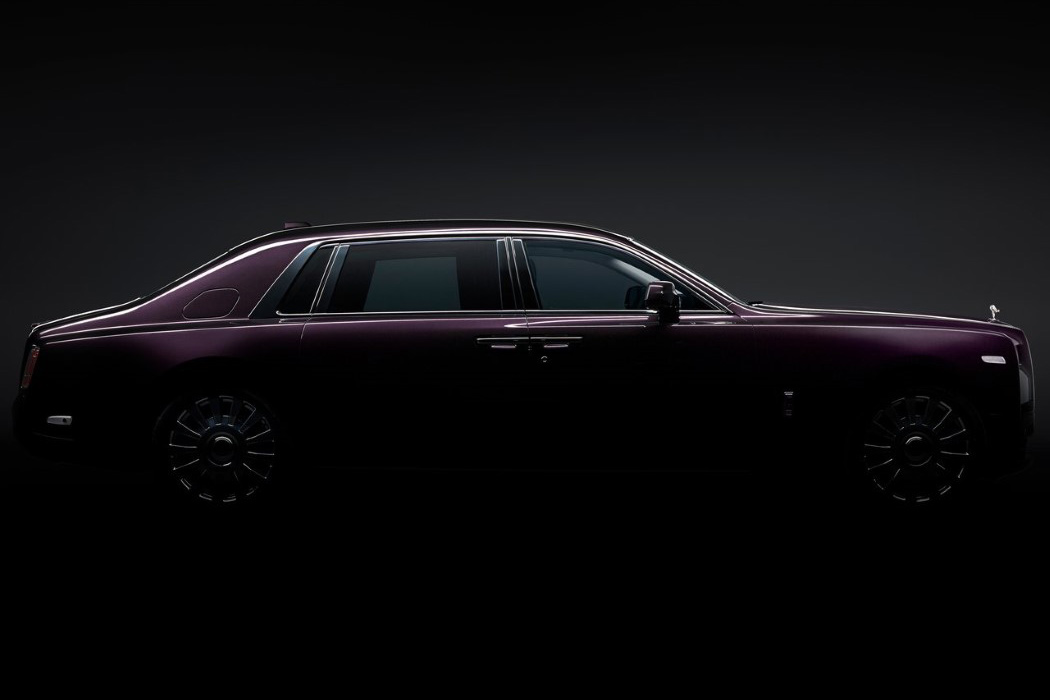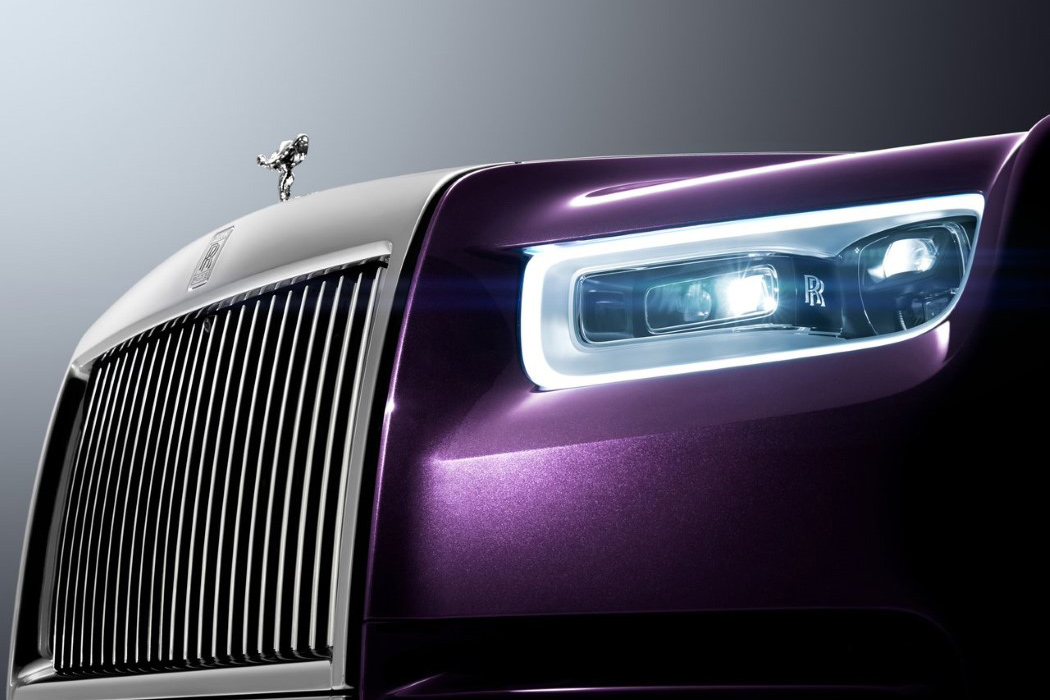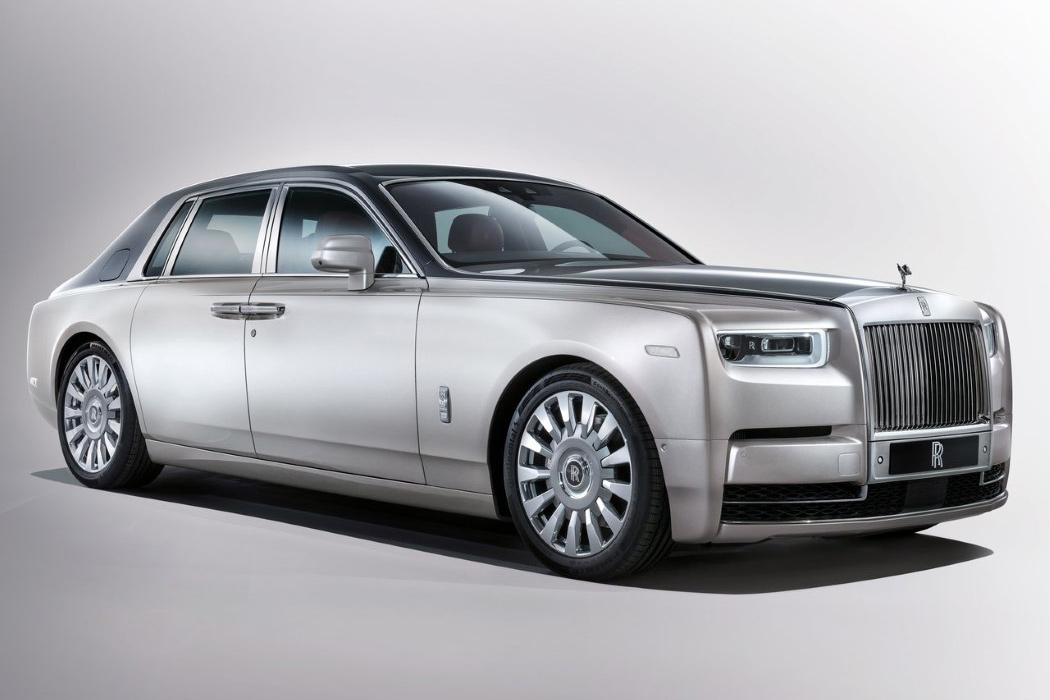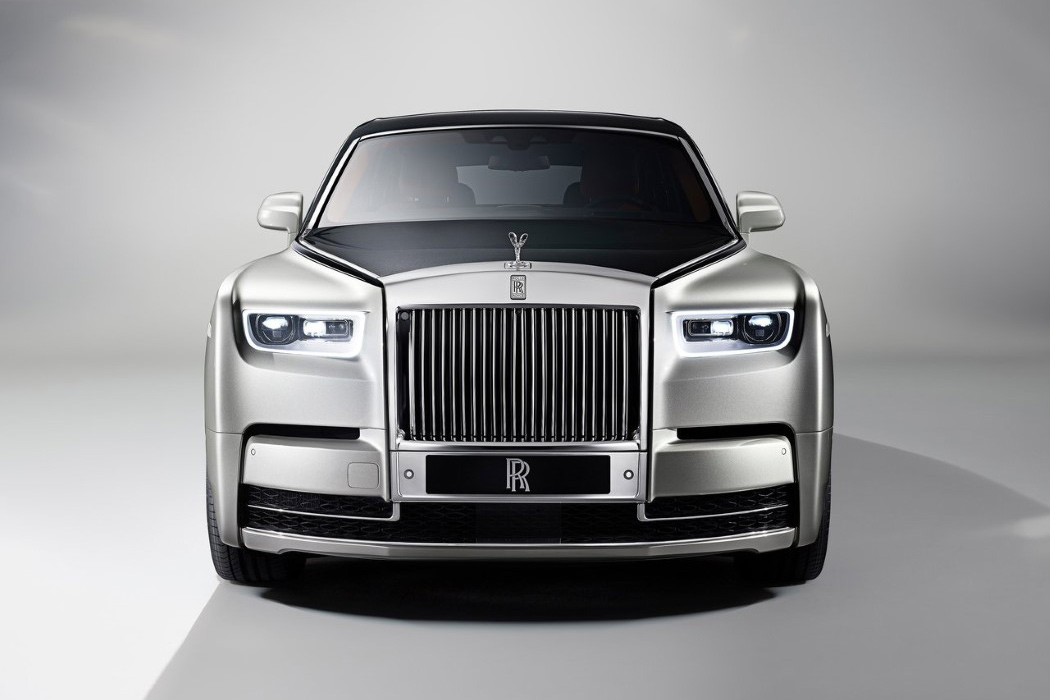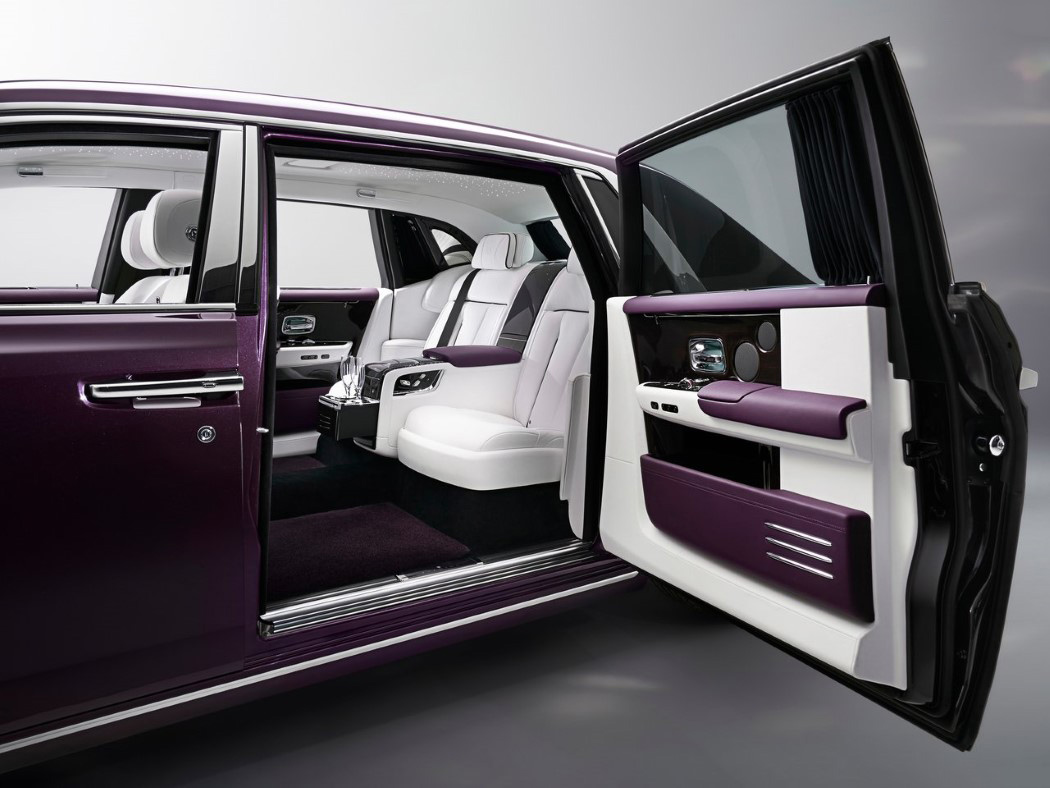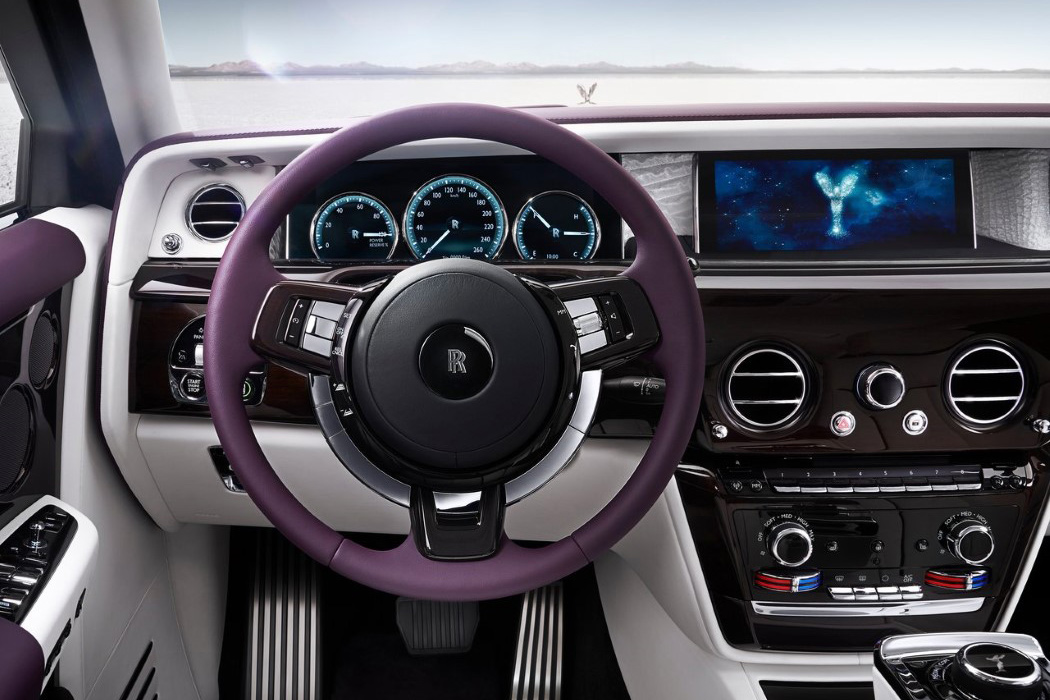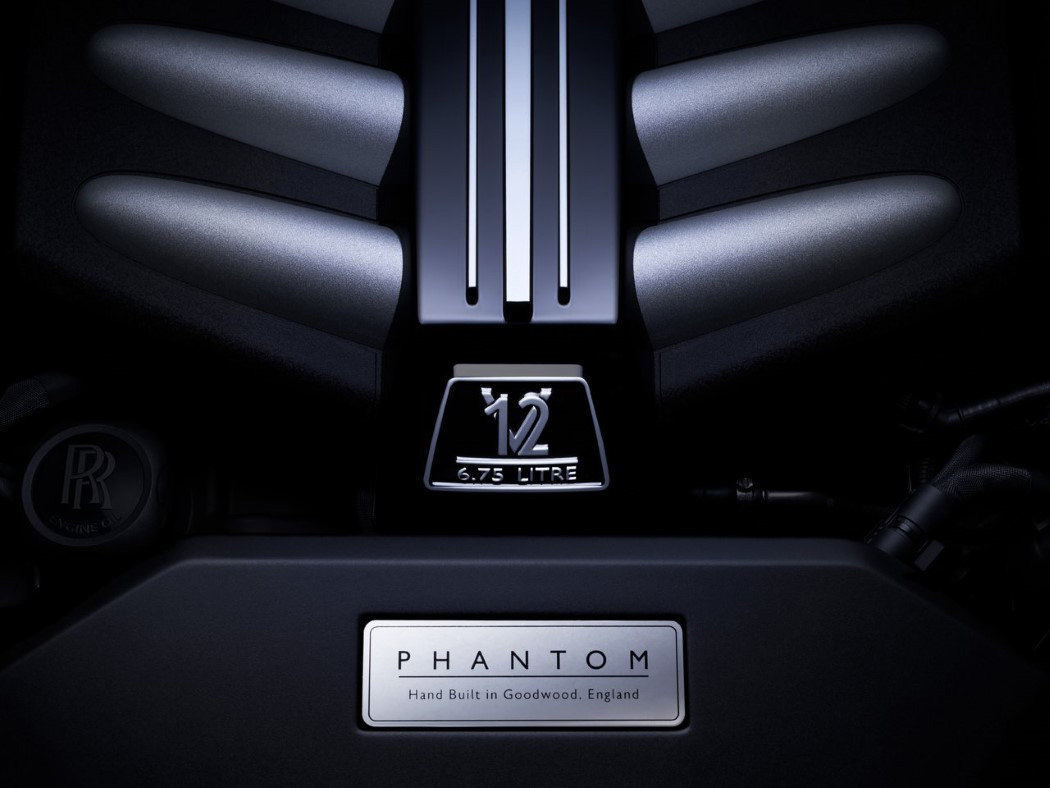The iPad for the longest time has been a glorified media machine, being used to watch content on and occasionally work with. In fact, sales even dwindled post the launch of the iPad Mini, and tablets soon became less and less appealing. The iPad Pro, and its focus on creators helped rekindle the world’s interests in the iPad, so much so that the number of iPads sold just last year beats the number of notebooks sold by any company worldwide! The point Apple is trying to make is that the iPad Pro is capable of dethroning the laptop. It did so with an incredibly strong GPU, CPU, and a battery that promised to last all day. It also came with Apple’s pencil, a powerful tool that allowed you to use this magical slab of glass as a canvas to create some absolutely mesmeric artpieces (all of Apple’s custom logos for their October event were made on the iPad).
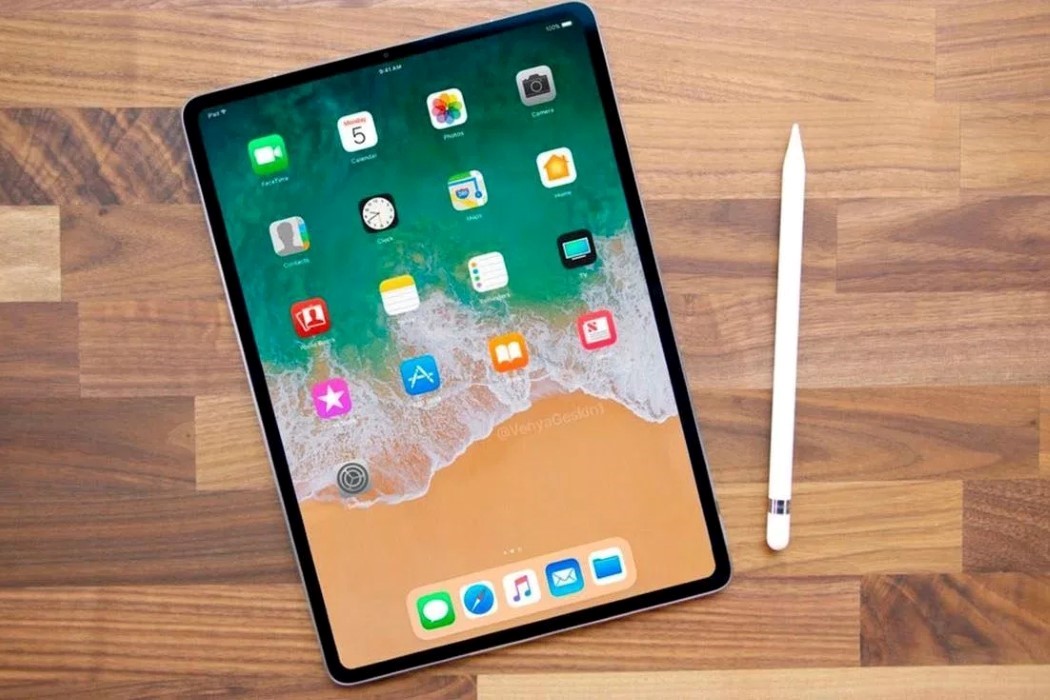
The iPad Pro, however, came with a few flaws that wouldn’t slide with Jobs. It didn’t look different from the regular iPad. It just had higher specs, cost a whole lot more, and came with an Apple Pencil that could only be charged by sticking its end into the iPad… something that’s still considered to be one of the biggest design crimes ever. The camera lacked pizzazz, and there wasn’t a place to store the pencil when not in use. Today, everything changed dramatically for the better. The new iPad Pro is refreshing, beautiful, and shows that Apple is still capable of making some really well-designed hardware.
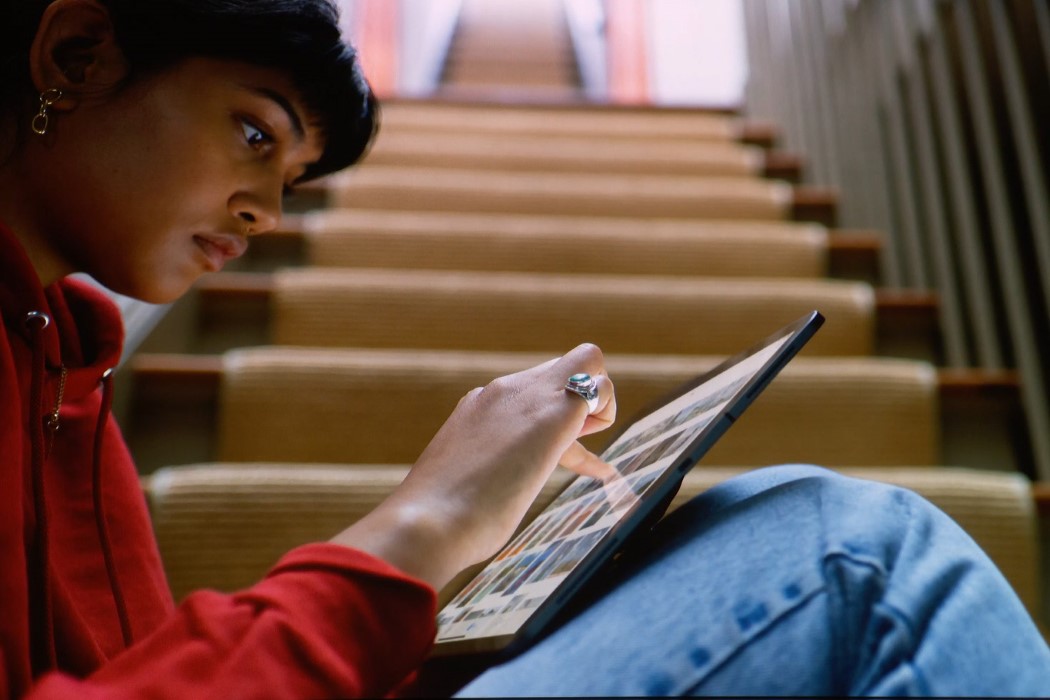
Tim referred to the iPad as a magical piece of glass and the redesign truly feels like it. At just 5.9mm, it’s gloriously thin, and comes with a screen that stretches all the way to the ends. No home button, no bezel, just a bunch of really bright pixels that make it feel like you’re carrying light. The new screen is a Liquid Retina screen (just like in the iPhone XR) and sits at 11 inches. The home button is sent bags-a-packin and the new uniformly thick bezel integrates Apple’s FaceID camera right into it. The iPad comes with four speakers on all four corners, instead of two at its base, allowing it to give you an expansive audio experience, and also allowing you to use the iPad in any orientation without worrying about its audio being muffled. Another massive update is the fact that the iPad Pro, recognizing that it needs to dethrone notebooks, ditches the lightning charger for a USB-C port (more on that further below!)
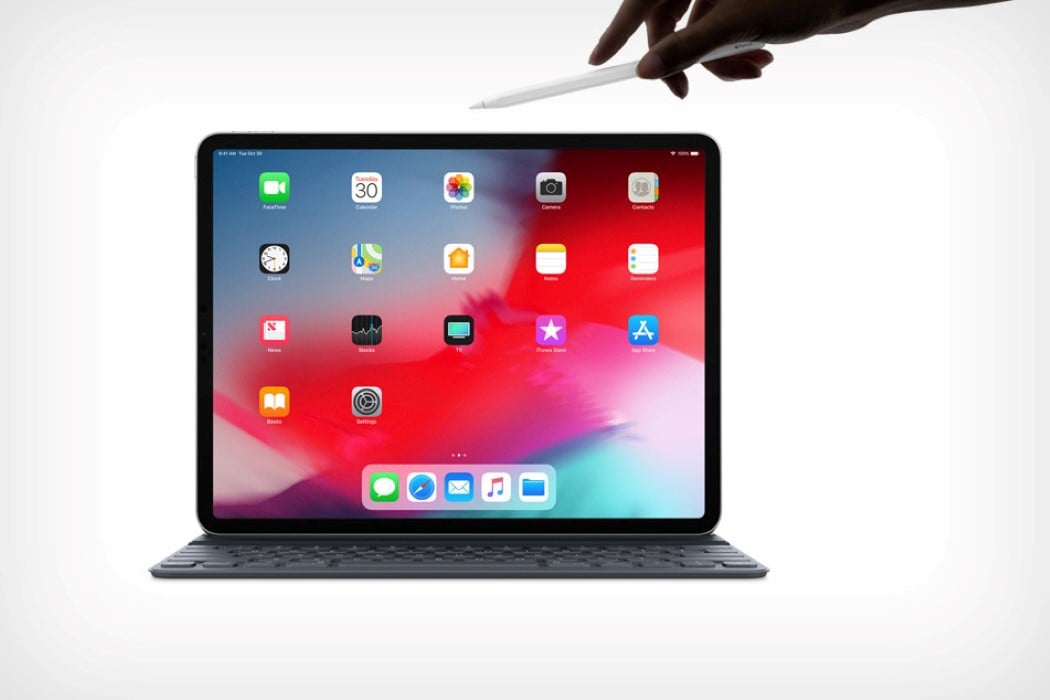
A new iPad means a new Apple Pencil too. The revamped pencil comes with a unibody cylindrical design and a flat edge. The flat edge serves two purposes. It allows the pencil to magnetically dock to the side of the iPad Pro, giving you the ability to carry the pencil and tablet together rather than separately. That magnetic snap also allows the Pencil to instantly pair with the iPad and even establish a wireless charging connection, which means you don’t need to shove the Pencil up the iPad’s rear every time it dies out, and also means your Pencil is always ambiently charging while snapped to the side of your iPad. The new solution is neat, elegant, and would have been the norm had Jobs been around when the iPad Pro dropped two years ago. Nevertheless, it’s good to know Apple still has it in them to craft elegant solutions. On the flip side, there’s no headphone jack. 
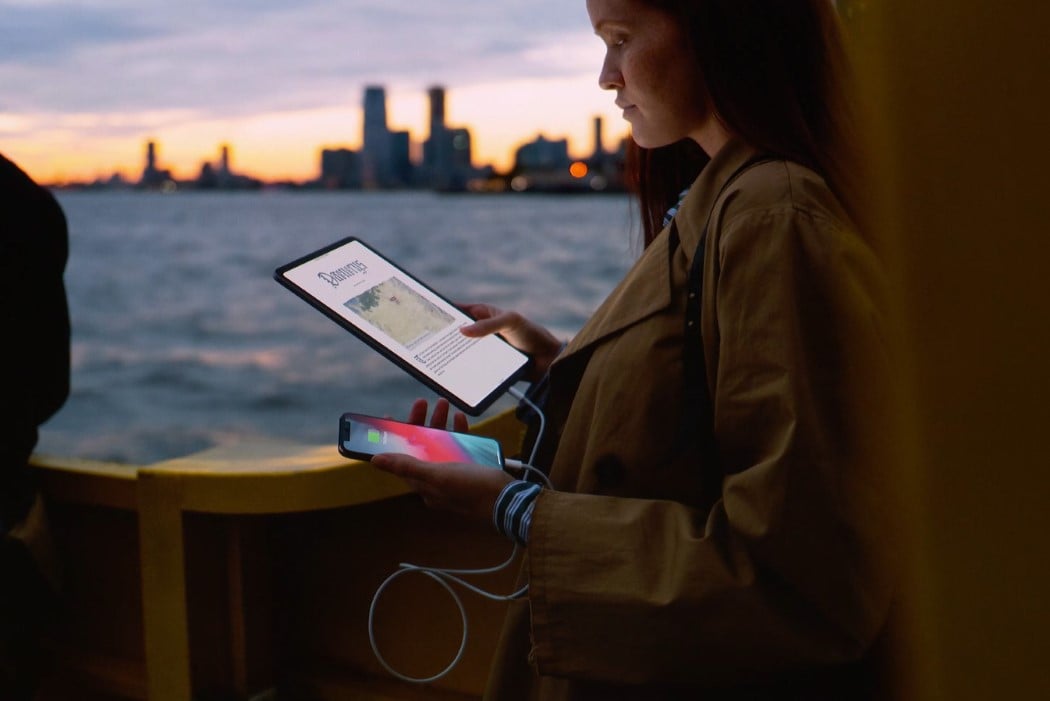
Now to the USB-C. Apple’s decision to change the port on the iPad Pro means you can now connect your iPad to anything from a DSLR, to a MIDI controller, to even an external screen. Apple went a step further and even built a feature into the iPad that lets you connect it to your iPhone and charge it! Yes. You can charge your iPhone with your iPad! This heavy-lifting makes the iPad a strong competitor in not just the tablet market, but the notebook market too. Apple says that the new iPad Pro is faster and better than 92% of all existing notebooks.
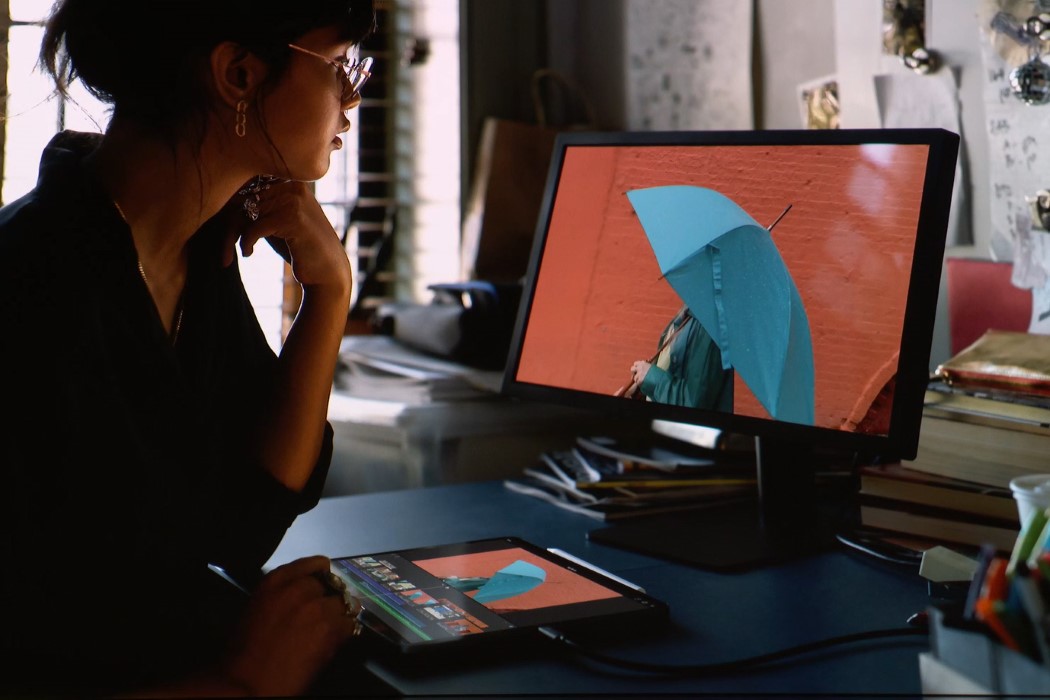
The new iPad comes with Apple’s A12X bionic chip, giving it the ability to run augmented reality as well as match the performance of an Xbox One S in the graphics department. With an 8 core CPU and a 7 core GPU, the iPad Pro is quite literally a beast, and is even capable of viewing extremely detailed and heavy AutoCAD files as well as handling desktop-style Photoshop, resplendent with every single feature, working with PSD files without breaking a sweat… and it does all this while retaining the iPad’s promise of a full day’s worth of battery.
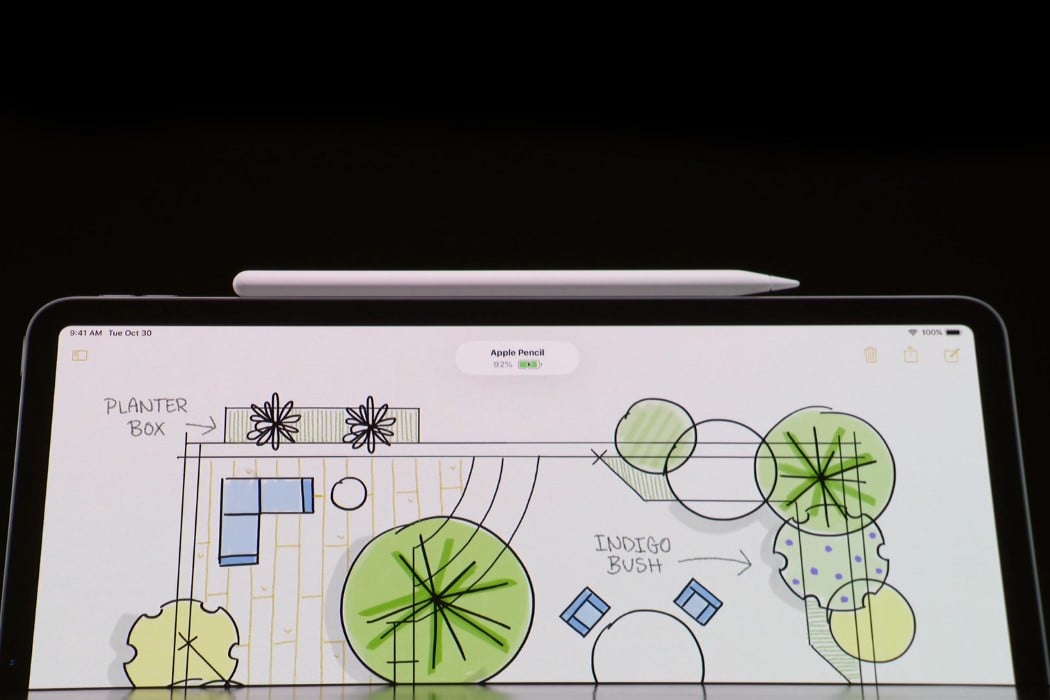
In every which way, the iPad Pro 2018 would make Jobs proud. It looks spectacular, feels spectacular, comes with conscientious design details like the magnetic-snap Pencil, the four speakers, and the ability to connect your iPad to a variety of devices (and even charge your iPhone)… and lastly, does all this while quite possibly showing a very Jobsian middle finger to its competitors by boasting of a performance that can quite literally blow the competition out of the water. Oh, did I mention, it’s completely environment-friendly too?
